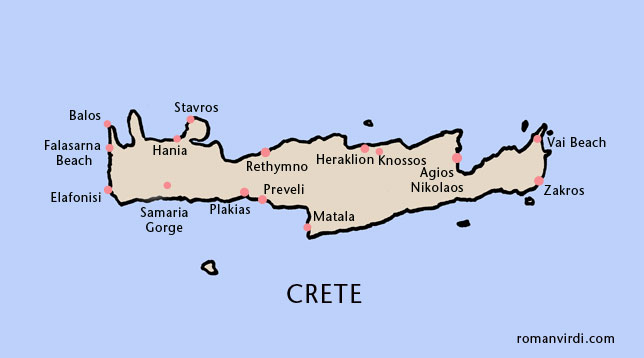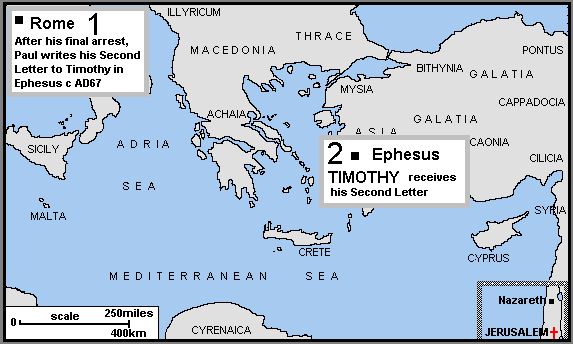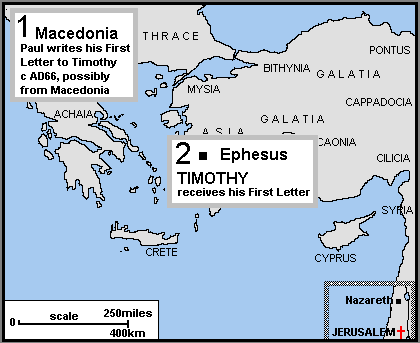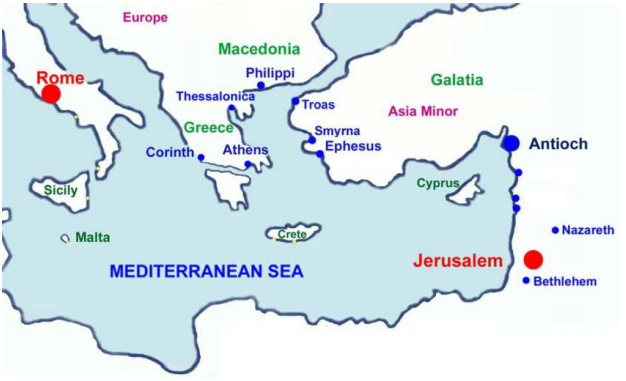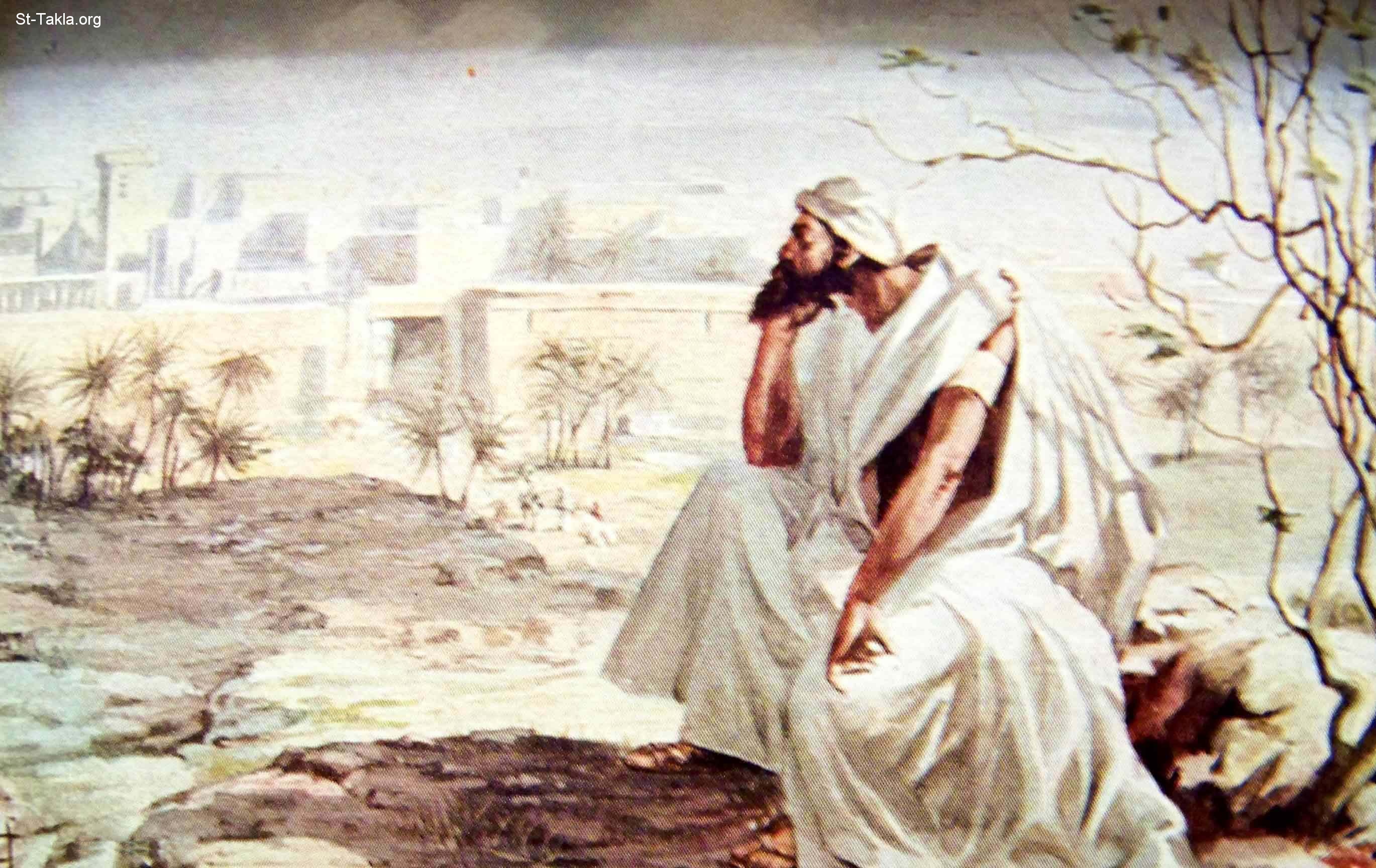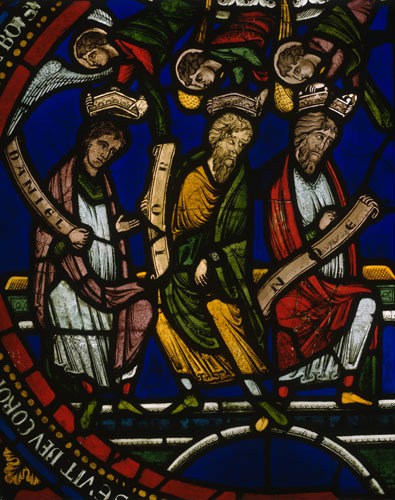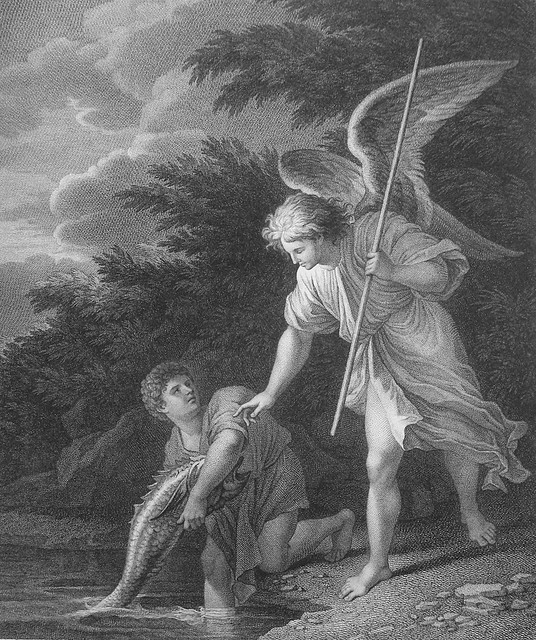 |
| Tobias and Azarias Salvator Rosa Phillip Medhurst Collection |
The painting above by Salvator Rosa is included in the text book for our religious education class of first and second grade girls. The text uses beautiful artwork instead of that cartoonish stuff most dumbed-down curriculums have settled for and this particular picture, which occasioned not a small bit of curiosity on the part of the class, corresponded to a chapter dealing with the body and soul and guardian angels. The lesson could have been conveyed without the picture but there were repeated requests, almost a clamor, for an explanation of the fish, the angel and so I managed to recount the tale. The enchanting story in the Book of Tobit lends itself to telling anyway.
Our catechists, though young, could readily understand that after seven failed marriages, Sarah would be "lonely," "sad, " "disappointed," and "heart-broken." They were indignant at the notion that she might have done away with herself out of despair and were relieved that she decided to put her life in God's hands instead. They appreciated the mystery and intrigue in that the true identity of Tobias's travelling companion was known only to us, the readers. Though initially put off by Raphael's instruction to Tobias to kill the fish ("he must really be a bad angel"), they were back on board by the time Tobias had dispersed the demon Asmodeus, and they cheerfully anticipated Tobias's return to his father because they now knew he would apply the fish gall to Tobit's eyes. All would end happily.
The first and very immediate question at the conclusion of the telling was Did this really happen? Is this story real? Interesting that such questions cross the boundary of age. My sentiments exactly after reading half the books of the Bible! Even at their tender age, the girls wanted to be able to separate fact from fiction. Is this the truth? Can we hang our hat on this? Will God deliver us from demons, despair and blindness? Will God really heal our broken hearts?
The short answer to Did this really happen? is no. The Book of Tobit, which I knew and know to be part of the Apocrypha, is not considered to be historical. This of course is not what the girls were asking and so I didn't give (exactly) this answer. They wanted to know the category in which memory should store this tale for them--really happened and so Tobias was real like George Washington was real or fairy tale fantasy and so Tobias was not real like Prince Charming is not real? If the story isn't "real," then what makes it any different from other fairy tales they know? If guardian angels and prayers to God are just storybook shenanigans, why come to religious education class. Why believe in God at all? (Which, curiously, is how the class began when one among the group reported that her friend had told her today that he didn't believe in God. Perhaps he had gone to the "bad side" was their reasoning.)
The answer as I tried to construct it is that the story is true even if there's no Tobias, no Sarah and no fish. We do have guardian angels, though they may be as unapparent to us as Raphael in his angelic embodiment was unapparent to Tobit and Tobias. If we have faith, if we praise God as did Tobit, Tobias and Sarah, we'll have hope and with hope we'll be able to carry on even in the face of being as our one young catechist said, heart-broken.
I tried to leave the girls with the admonition to pray without ceasing, to always trust in the power of God and their guardian angel to help them. Hopefully, they'll at least never look at a fish the same way again. That cold, scaly creature has a heart, a liver and a gall. It might jump right up and grab you. If it does, and if you get the feeling that you should hang on, well maybe you should. Do as Tobias did and listen for your guardian angel to guide you.



